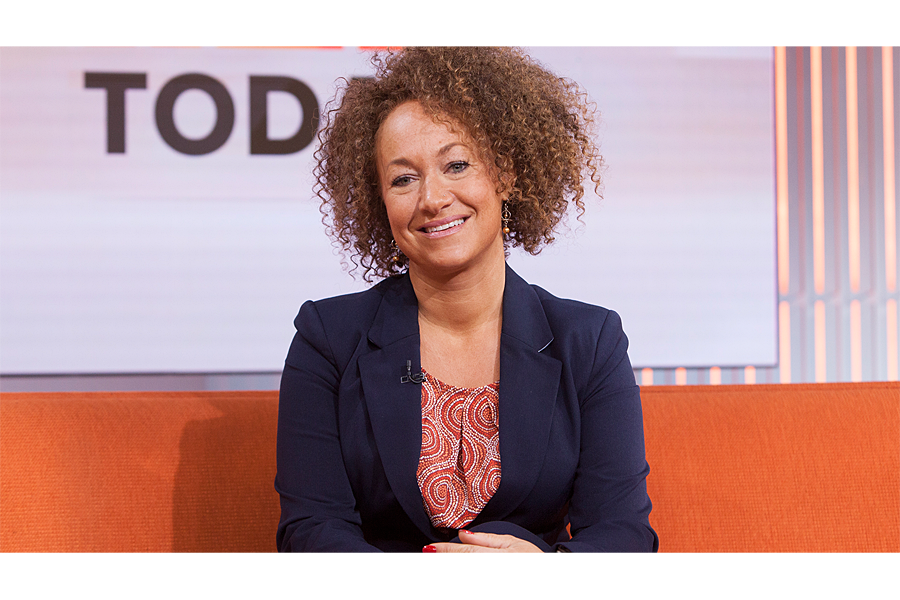Rachel Dolezal affair highlights distinction between race, ethnicity
Loading...
Whether Rachel Dolezal has even a trace of a genetic claim to her black identity, no amount of DNA can furnish a claim to an experience someone has not actually had.
The distinction between race and ethnicity, between genealogy and lived identity, was thrown into sharp relief Friday when it emerged that the parents of Ms. Dolezal, the president of the NAACP chapter in Spokane, Washington, accused her of falsely portraying herself as black.
Dolezal, who has four adopted black siblings, resigned from her post.
Her alleged misrepresentation occurs at a time when racial tensions are at a high because of conflicts between law enforcement and the black community, pushing issues of racial identity versus ethnicity into explosive conflict.
Asked by media if she is black, Dolezal said, “There’s a lot of complexities … and I don’t know that everyone would understand that. We’re all from the African continent.” Most scientists believe that Homo sapiens first evolved in eastern Africa.
Dolezal’s comment echoes the “one drop rule” which comes from the Racial Integrity Laws and the Racial Integrity Act (RIA) of 1924, where those who had “one drop” of blood from a non-white race was forced to self-identify as that race and not white. It is not clear, however, if Dolezal can identify any black ancestors in her family tree.
“I think it’s really important for people to think about the processes that shape racial identities, both when people self-identify racially and when racially identities are imposed upon them by which people self-identify race,” says David Freund, Associate Professor and Director of Undergraduate Studies at the University of Maryland and the author of "Colored Property: State Policy and White Racial Politics in Suburban America."
“But it’s also good for people to empathize with other races, ethnicities and genders," he adds. "The biological stuff is kind of a red herring. It implies that there is a measurable, biological basis for making racial distinctions, but there is not."
Race and ethnicity, Prof. Freund says, are comparable in many ways: both are inventions, but they also have very different histories.
Dolezeal’s apparent deception may be magnified by current racial tensions in the US, says sociologist Dalton Conley, University Professor at New York University.
“Because of the symbolic claims that claiming black identity invoke I don’t think it’s the same as saying you’re Irish-American when you’re not,” Professor Conley says. “Or even Elizabeth Warren and her 'Native American' claim. I’m surprised that didn’t end up tanking her political career. Crossing the line and claiming the legacy of Black Americans when you haven’t experienced that, I think, is something that is just not socially acceptable in our country.”
Conley adds, “I think that there are so many interesting, swirling forces going on about race in our culture right now that make us upset about this case. There is, for the first time, all this DNA ancestral evidence that challenges both our personal notions of who we thought we were and also challenges our social construction and narrative of what race is.”
“In the midst of all this we have the increasing salience of race, particularly blackness, in our debate about policing,” Conley says. “Right now the debate is about the criminal justice system but it could extend to other domains of life where we have a long history of unequal treatment, segregation in housing, schools and so forth. So we see the category of race is even 50 years after civil rights, as salient as ever, which is also being complicated by bureaucratic changes like the census and by DNA evidence that’s new.”
Conley adds, “While race is a social construction, it is at least informed by ancestry and we can see that in DNA analysis for the first time in history.”
“It’s open for debate, but it would be interesting [if Dolezal were to take a DNA test] and showed some markers of ancestral African descent,” Conley concludes. “Then that’s just showing how complicated race is. Maybe, her parents, nobody would be aware of that African-American descent and she grew up culturally with white privilege, thinking she was of European descent, it gets more complicated. I’m not sure it would rescue her.”








